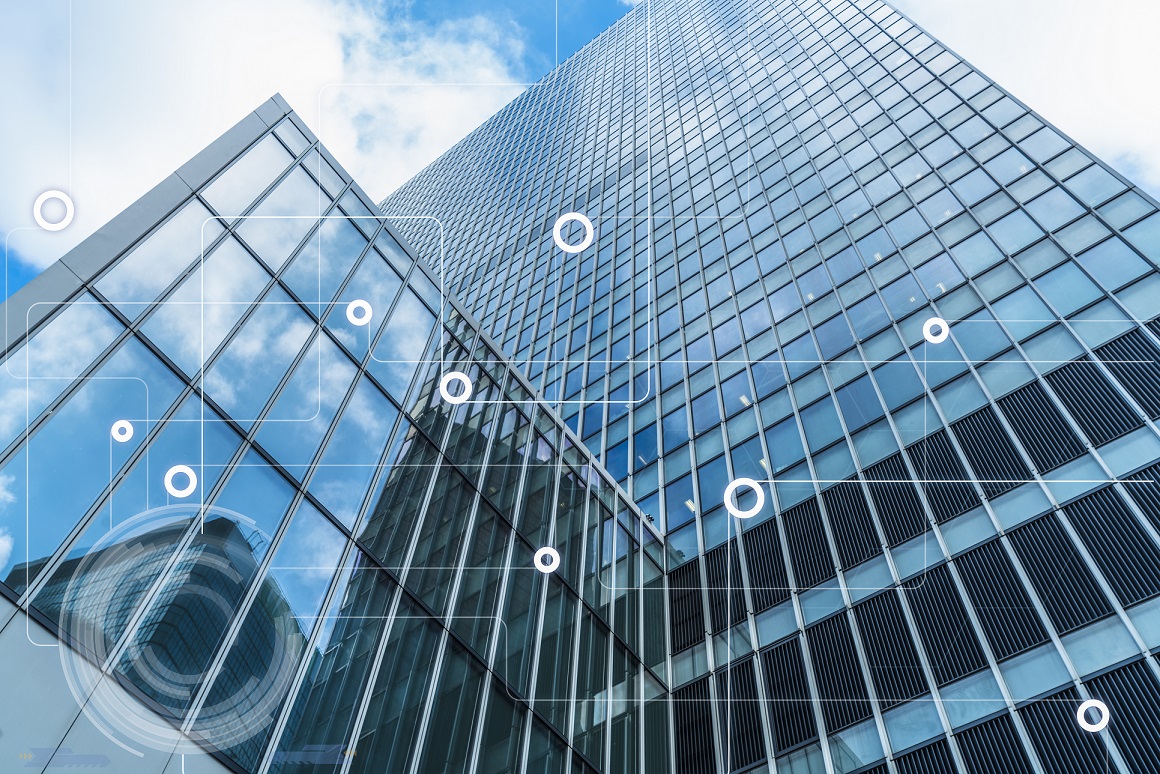
The ongoing global pandemic is highlighting our shared responsibility to protect one another’s health. Arguably the biggest threat to our global well-being since the two World Wars, COVID-19 has fundamentally changed how we live, work, interact and commute.
One of the most well-known super-spreaders of COVID-19 are cruise ships, operating as disease ecosystems in which vulnerable people share limited facilities in close proximity, all while staff struggle to maintain visibility over these people’s movements and well-being. Without precise occupancy data, cruise ship staff and passengers were left at the mercy of this virus, resulting in businesses damaged beyond belief and many lives put at risk.
Are your buildings ‘vertical cruise ships?’
Until 2020, tenants and operators alike accepted office buildings the way they are – shared communal spaces with low visibility into facilities, systems, processes or personnel. This pandemic has crippled the global economy and brought office spaces into crisis however, and it’s time to face up to what these buildings really are. With their inherent ability to spread disease and the lack of meaningful insight into their occupancy, these spaces have come to resemble ‘vertical cruise ships’ now more than ever.
From a commercial standpoint, the immediate challenge facing real estate is how they will attract occupants back into buildings. After months of working from home and the perceived threat of an unhealthy work environment, many office workers wonder when or if they will ever go back. Much like after the September 11 attacks, when airlines introduced additional security measures to help reassure nervous passengers, commercial building managers now have to visibly demonstrate the cleanliness and safety of their office environments.
The important step is getting an immediate overview of the data
One of the biggest challenges for property managers is to make informed decisions about how to reopen their buildings. Switch Dx3 is a diagnostic tool that allows users to take an inventory of every connected device on their network, providing clear insight into the contents of their buildings and any potential vulnerabilities. We see that as an important step on a smart building journey that allows real estate teams to protect the well-being of their tenants. Switch Dx3 replaces the manual processes of cataloguing and maintaining databases of connected devices and forms a robust foundation for any smart building program.
Ultimately the scale of this crisis was made far worse because of the lack of preparation. Switch Dx3 helps protect people and assets by turning buildings into sources of rich data that can be shared with stakeholders and tenants to enable them to make better and safer decisions. We see it as a chance for building owners and facilities managers to take a new, diagnostic approach for the benefit of every building, floor and occupant.
Deb Noller is the dynamic CEO and co-founder of Switch Automation, a smart building software company specializing in building performance optimization. With 20+ years of experience in real estate, technology and sustainability, she is passionate about helping enterprises leverage digital facilities management technology to execute more efficient business operations.

